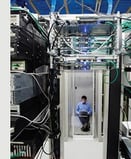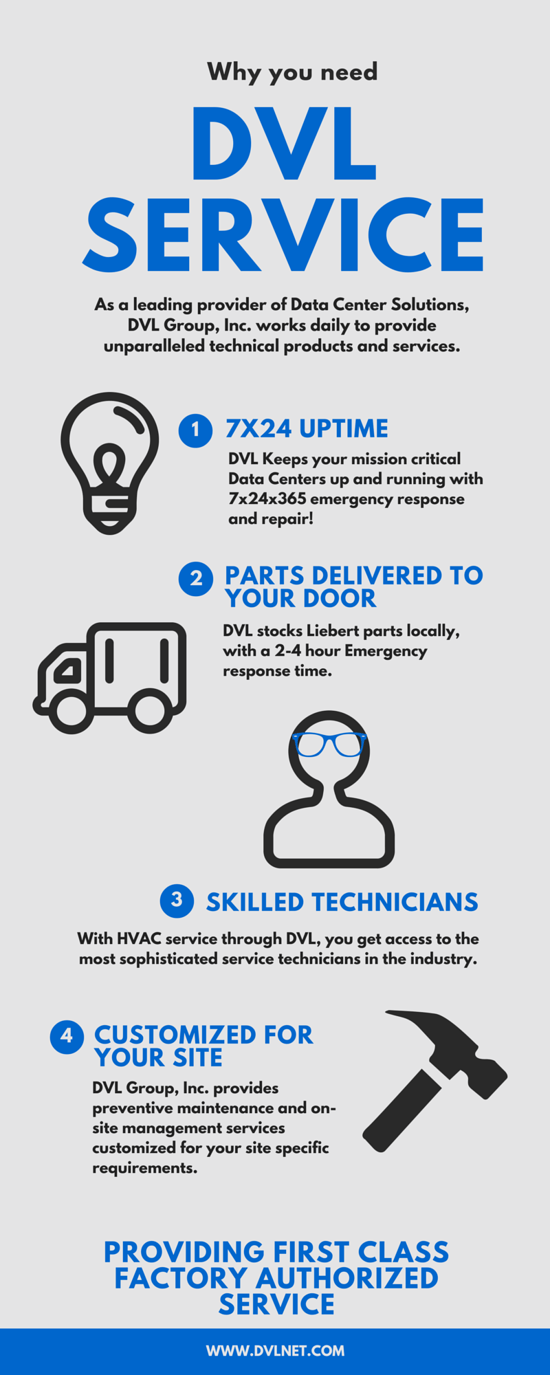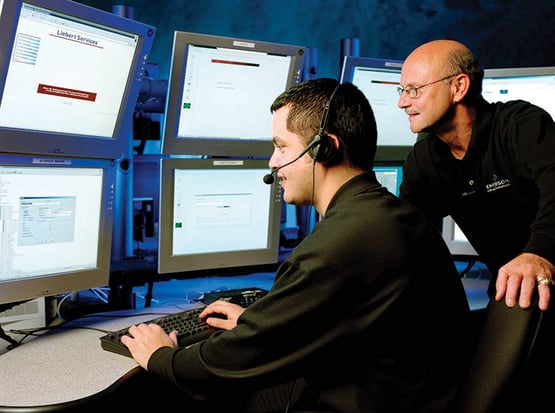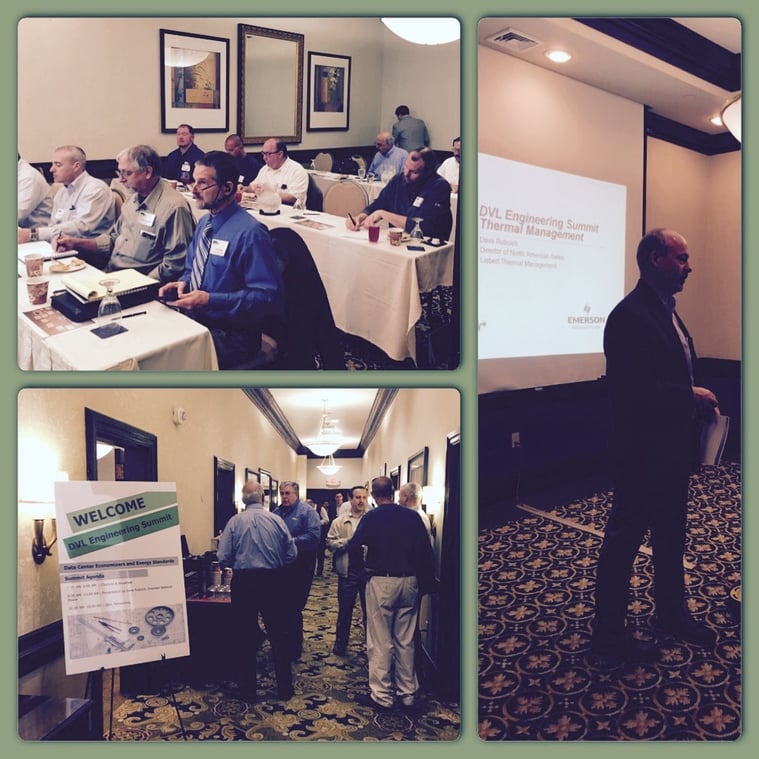ASHRAE Journal Invites You to Attend a FREE Sponsored Webinar Presented by Emerson Network Power |
Emerging Technologies in Controls and Automation
Data-center cooling systems must be finely tuned for high efficiency and availability to be achieved. Most systems, however, lack the advanced controls needed to optimize thermal performance. Join us as Jason Gloeckner, Marketing Manager for Thermal Software Solutions for Emerson Network Power, explains how thermal controls are changing in response to data center trends and user preferences. Jason will discuss how new thermal-control strategies can help data center managers:
- Select the right controls technologies

- Cut installation costs
- Avoid and defend against adverse events and reduce system wear and tear
- Reduce cooling system energy consumption
- Gain insight into thermal-system performance and trends to optimize data center performance
Click HERE to register for this FREE presentation. |
About the Presenter
 Ralph Conklin, Product Manager, Aftermarket Solutions for Thermal Management Support, Emerson Network Power:
Ralph Conklin, Product Manager, Aftermarket Solutions for Thermal Management Support, Emerson Network Power:
Ralph Conklin is Product Manager, Aftermarket Solutions for Thermal Management Support, at Emerson Network Power. In his current role, Ralph manages the aftermarket parts, retrofit kits, and energy efficiency upgrade products for Emerson's industry-leading thermal management equipment. In this webinar, he will describe new ways to deploy thermal management technologies for fast ROI while improving data center efficiency, protection and insight.
Ralph has more than a decade of experience in the data center market, including positions with Emerson in Thermal Management Engineering, New Product Development and Technical Support. He holds a Bachelor of Science in Mechanical Engineering from The Ohio State University and a Masters of Business Administration from Franklin University.




 Make sure to catch Emerson Network Power's Critical Advantage Webcast Series on Tuesday, June 9, at 1 p.m. ET
Make sure to catch Emerson Network Power's Critical Advantage Webcast Series on Tuesday, June 9, at 1 p.m. ET




